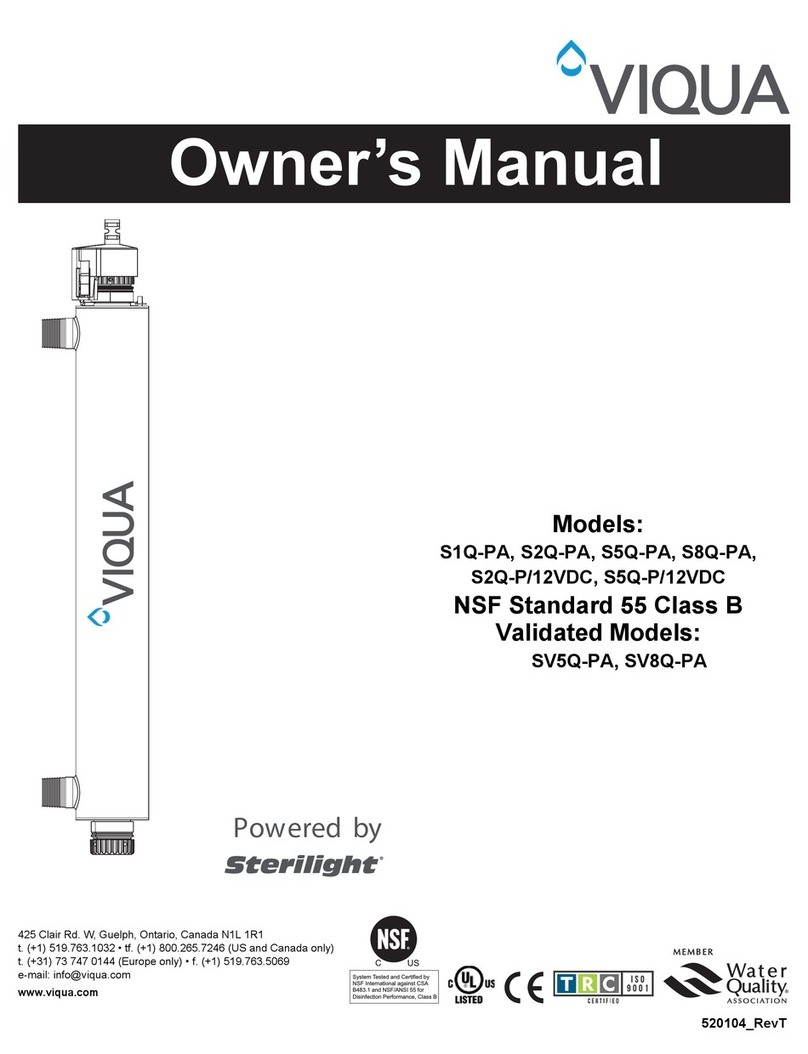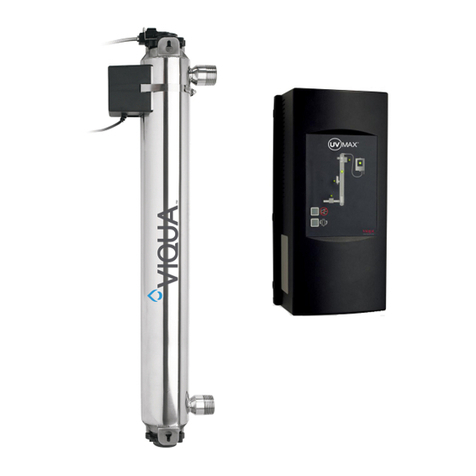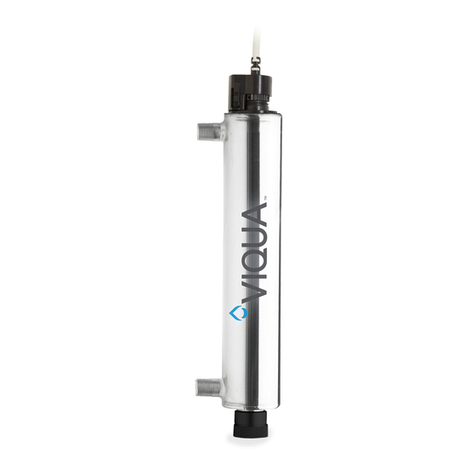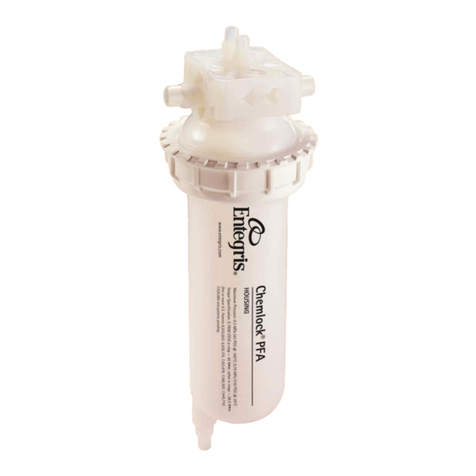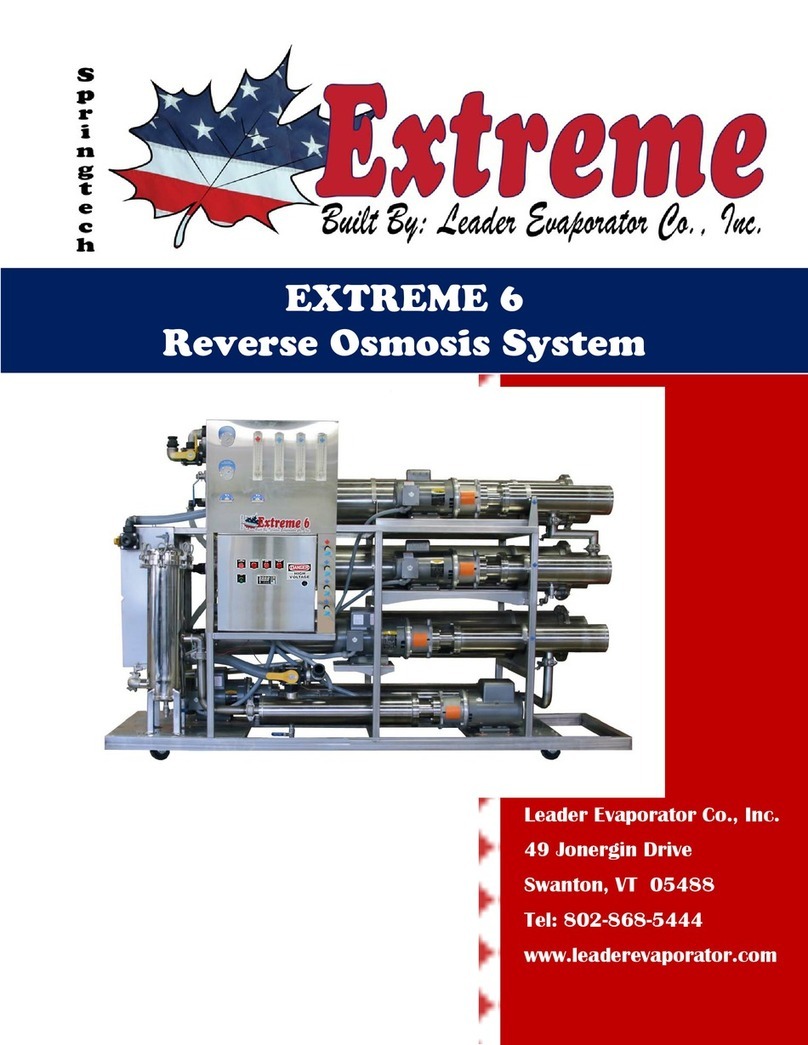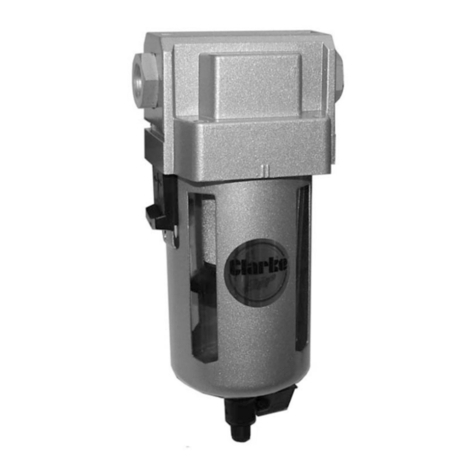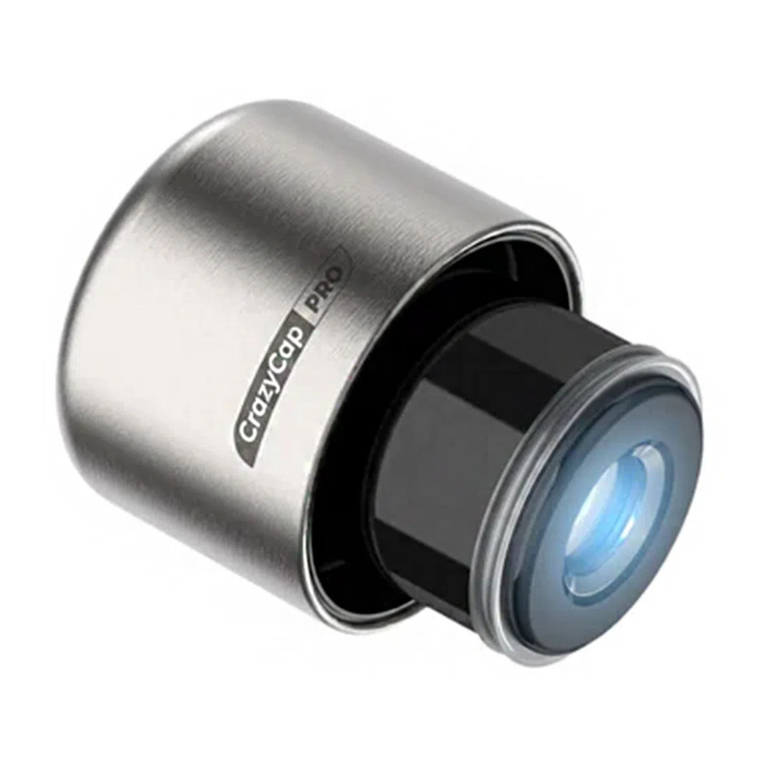Viqua WS series User manual




















Table of contents
Other Viqua Water Filtration System manuals
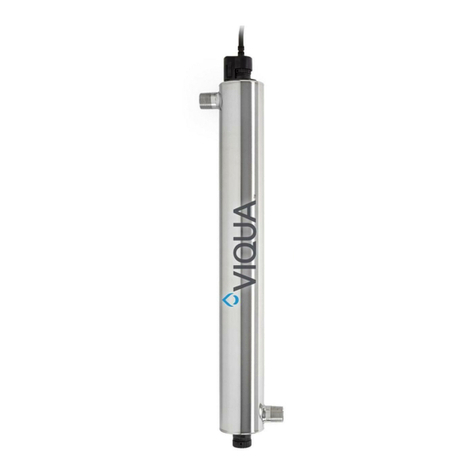
Viqua
Viqua VH200 User manual

Viqua
Viqua D4 User manual
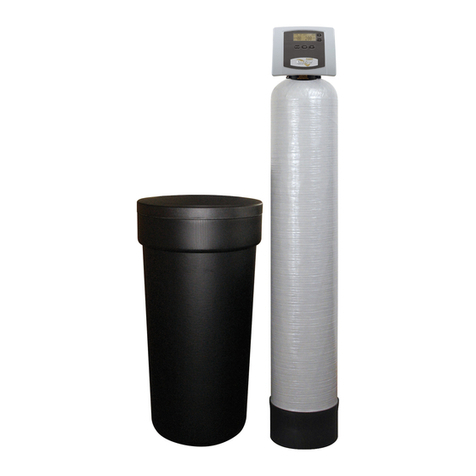
Viqua
Viqua AWP-SE1 series User manual
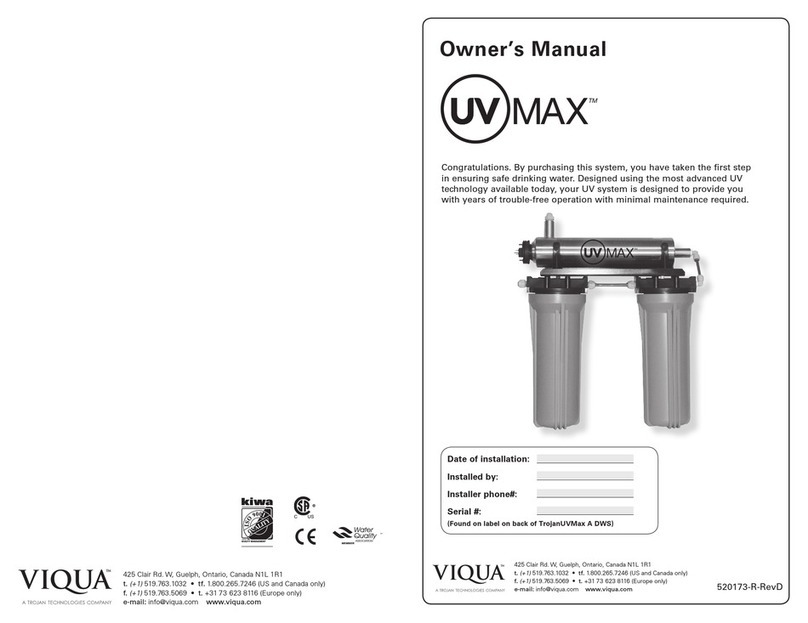
Viqua
Viqua UVMax DWS11-A User manual

Viqua
Viqua S2Q-PA User manual
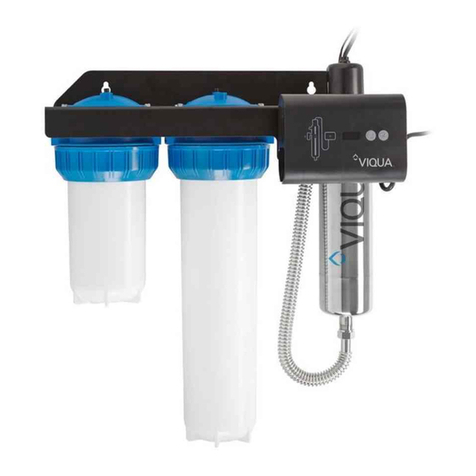
Viqua
Viqua Trojanuvmax IHS12-D4 User manual
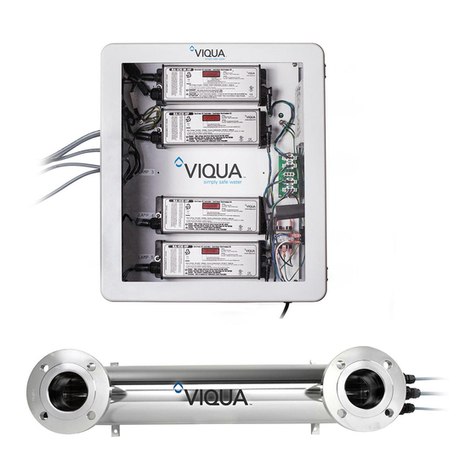
Viqua
Viqua SHF-140 User manual
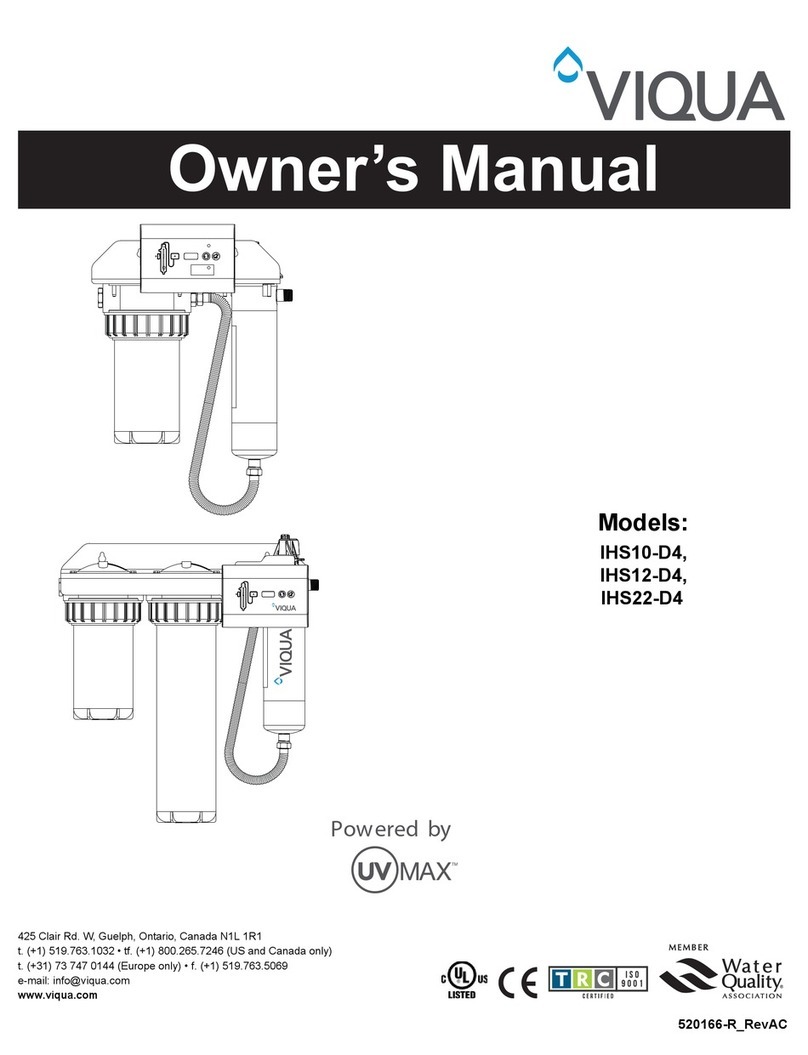
Viqua
Viqua IHS10-D4 User manual
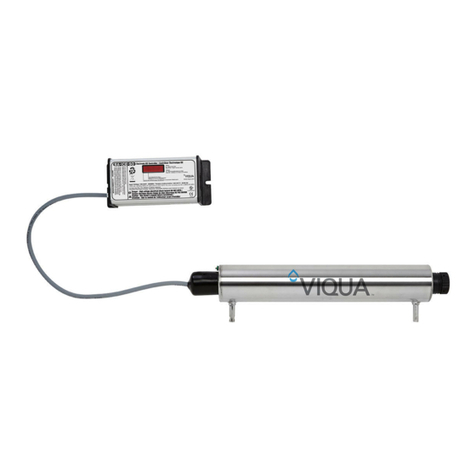
Viqua
Viqua S2Q-OZ User manual

Viqua
Viqua Trojanuvmax IHS12-D4/2 User manual

Viqua
Viqua PRO24-186/2 User manual

Viqua
Viqua D4+ User manual
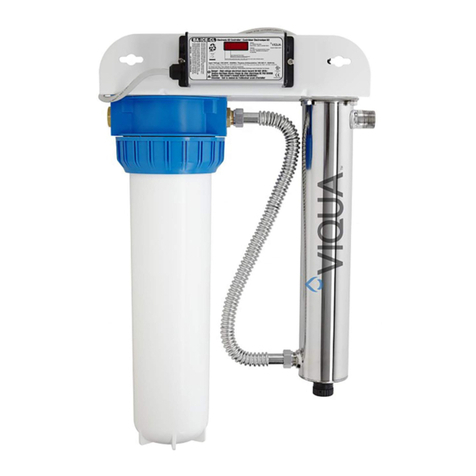
Viqua
Viqua VH410-F20 User manual
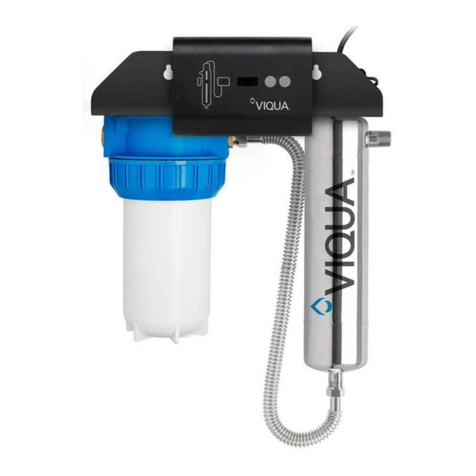
Viqua
Viqua UVMax IHS12-D4 User manual
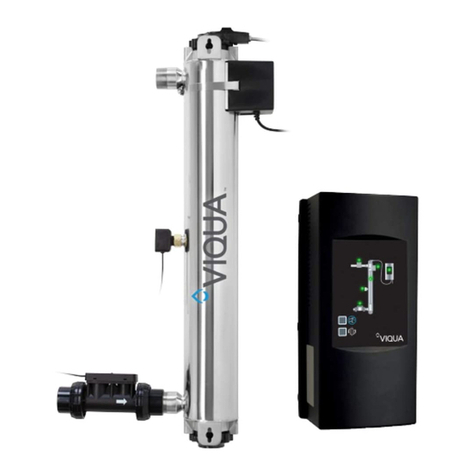
Viqua
Viqua K User manual
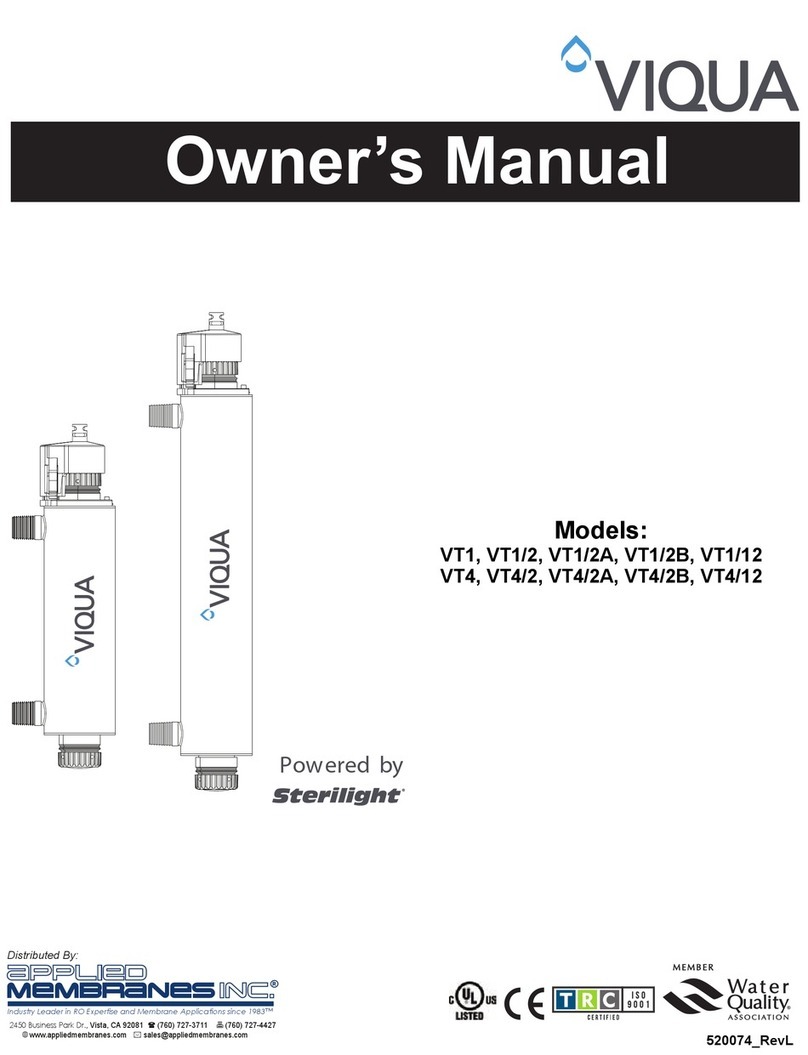
Viqua
Viqua Sterilight VT1/12 User manual

Viqua
Viqua VH200 User manual
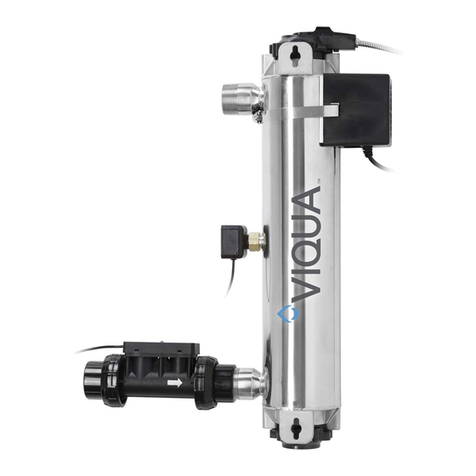
Viqua
Viqua UVMAX PRO10 User manual
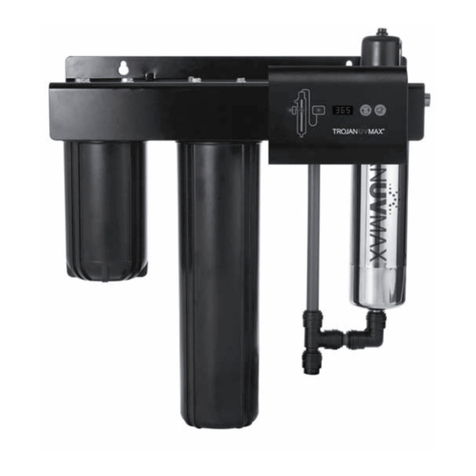
Viqua
Viqua Trojanuvmax IHS12-D4 User manual
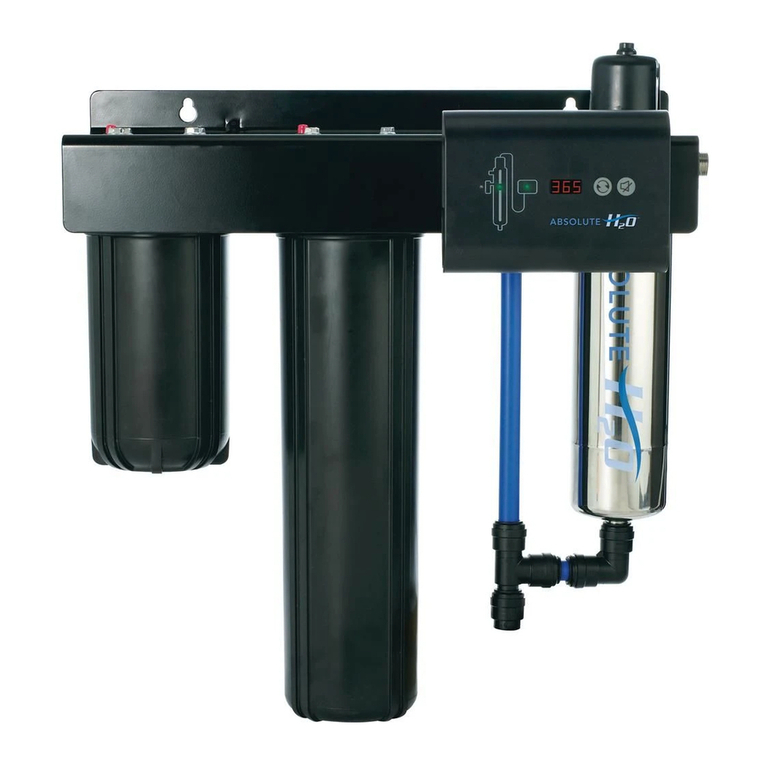
Viqua
Viqua ABSOLUTE H2O IHS-10 User manual
Popular Water Filtration System manuals by other brands

Tetrafauna
Tetrafauna ReptoFilter 25844 instructions

Aquasana
Aquasana Rhino Well 1 Water with UV owner's manual
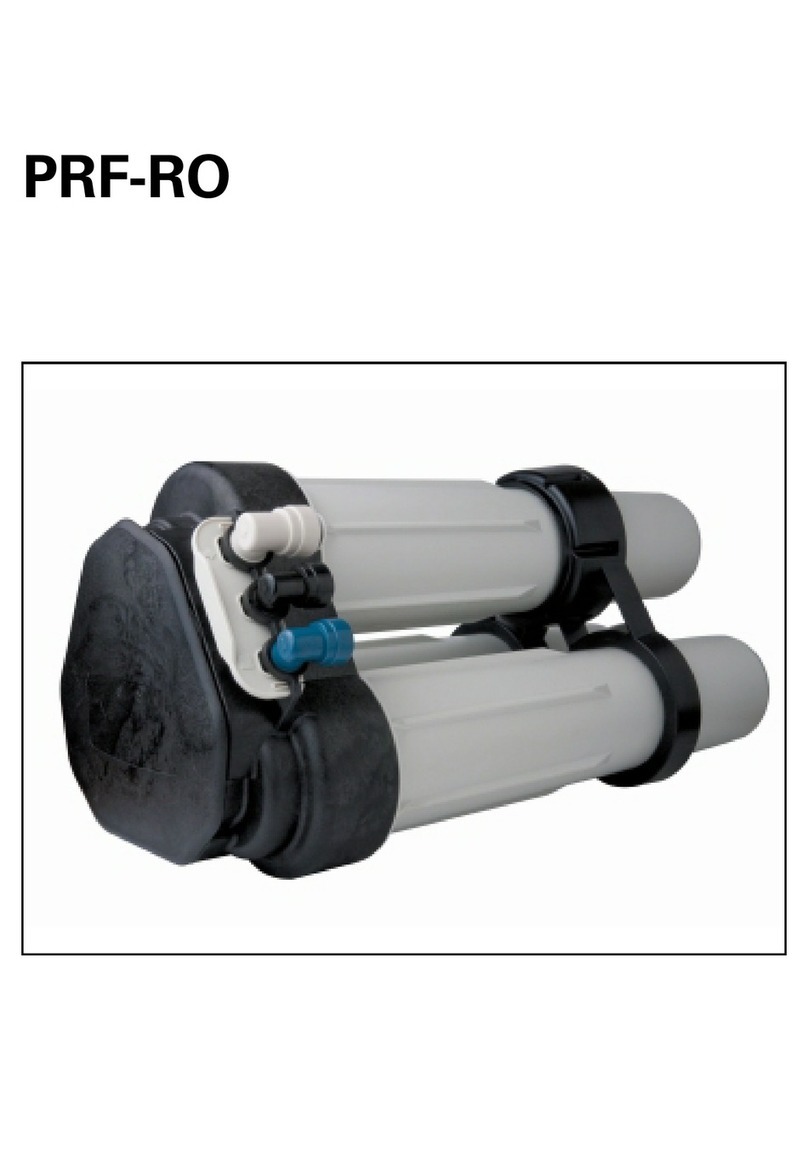
Pentair
Pentair PRF-RO Installation and maintenance manual
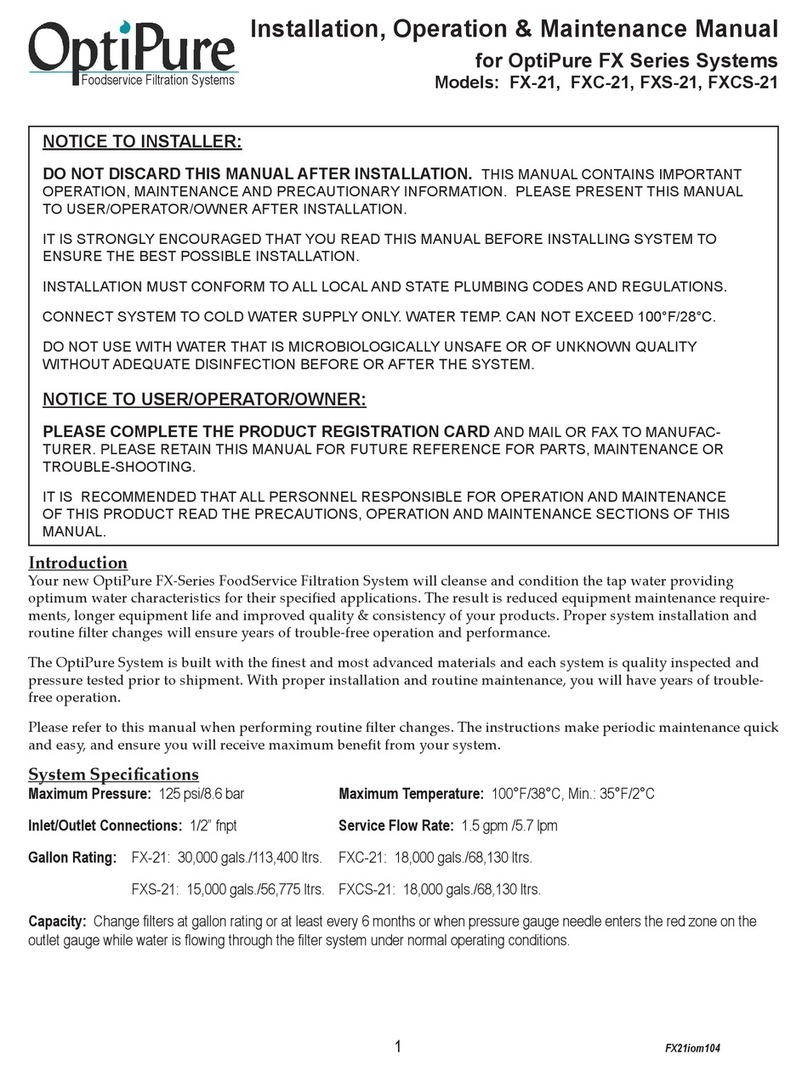
OptiPure
OptiPure FX-21 Installation, operation & maintanance manual
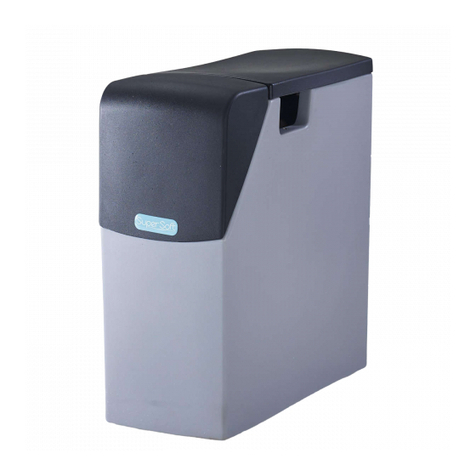
Kinetico
Kinetico SuperSoft Installation instructions and user manual

Daikin
Daikin EKAFV100F Series installation manual
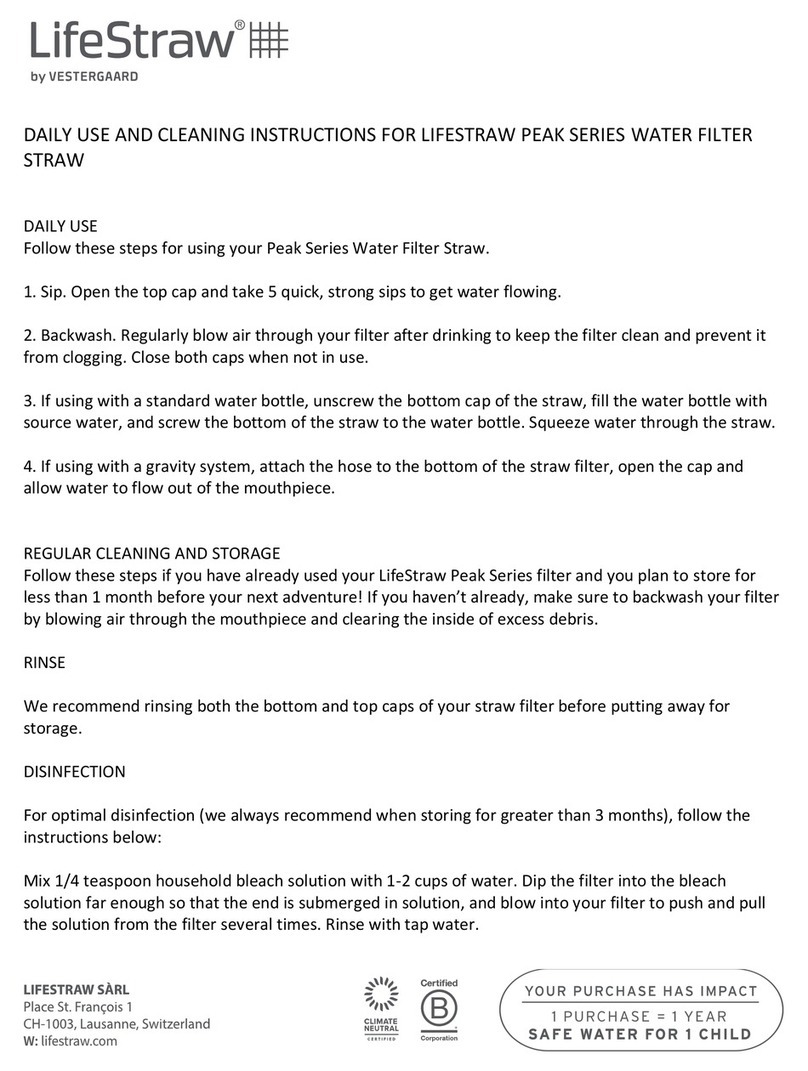
Vestergaard
Vestergaard LifeStraw PEAK Series instructions

Water
Water Body Glove BG-12000 Installation and operating instructions

GOK
GOK 500ERAZ Assembly and operating manual
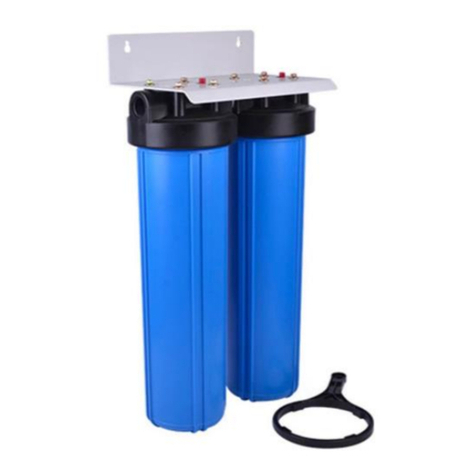
Anchor
Anchor AF-6001 Quick setup guide
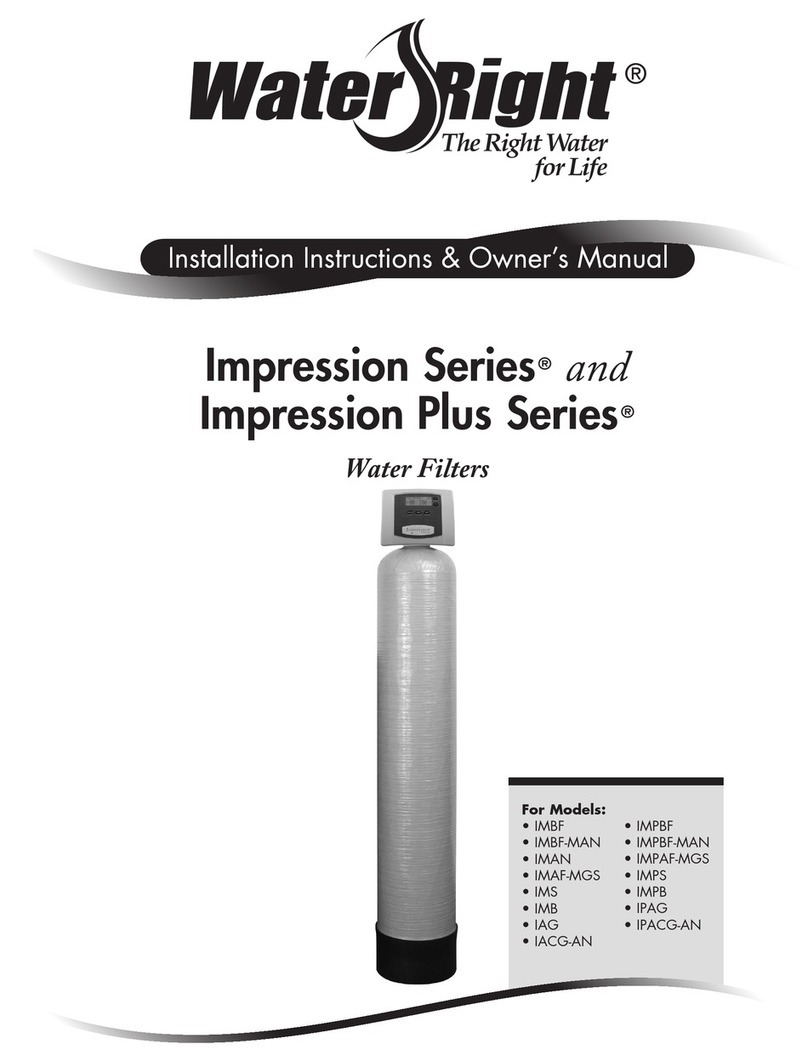
Water Right
Water Right Impression Series Installation instructions & owner's manual
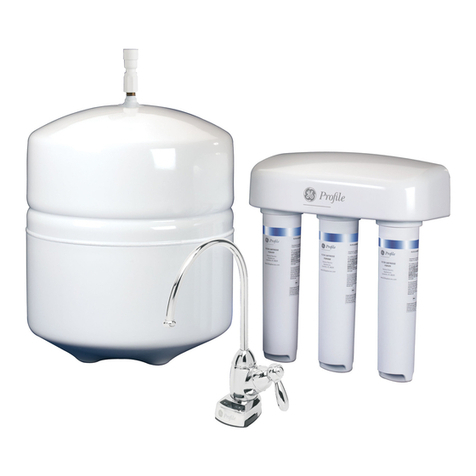
GE
GE Profile PNRQ21LBN Dimensions and installation information
